The history of Halloween, ancient traditions and modern reality
Tribal fusion dance video performed by Sultana Sofina
The ancient Celts: history, myths, traditions, settlement across Europe
Halloween celebrations in America, Italy, France, and Germany. Mandrake and its secrets, an amulet for Halloween
There are still a couple of months until the modern New Year, but the soul already demands celebration, the body wants to dance, and it becomes upsetting to spend long autumn evenings in a routine environment… There is a good, slightly commercial, slightly traditional, scary and funny, creative and at the same time simple solution… Halloween.
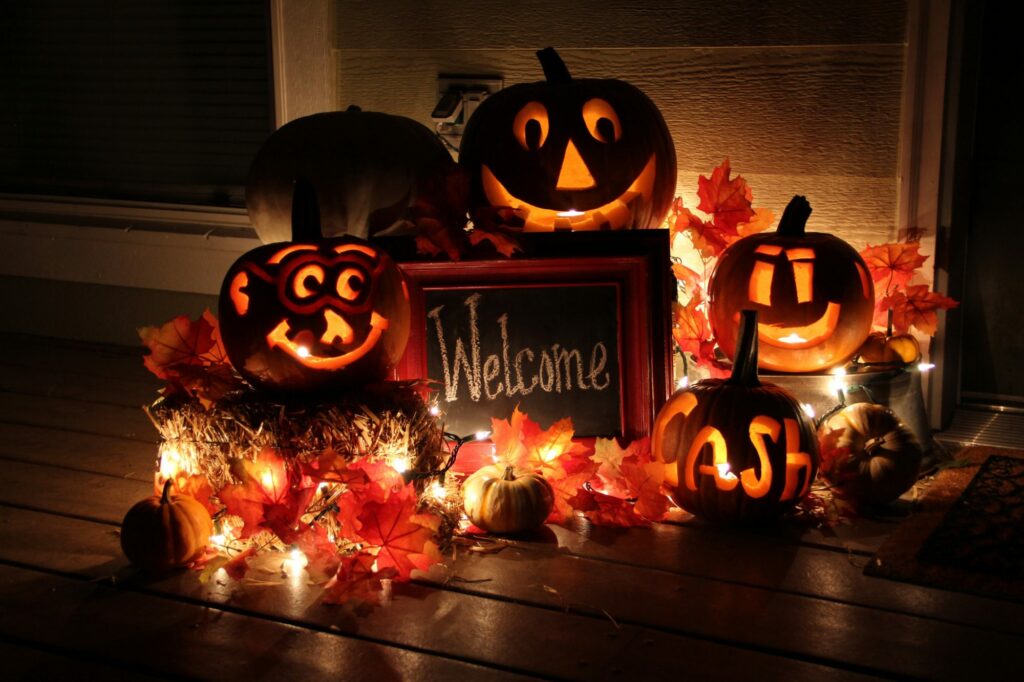
Halloween owes its origins to circumstances that seem strange to us modern people. The fact is that the ancient Celts recognised only two seasons – winter and summer. Their year ended on 31 October. It was on this day that winter was believed to descend upon the Earth, which meant it was time to gather the harvest, prepare for the cold weather, put on warm coats (furs)… and protect oneself from evil spirits, which were apparently considered more dangerous during the long winter nights…
Originally, in Celtic tradition, the night from 31 October to 1 November was called Samhain. (pronounced ‘SOW-in’ or ‘SAH-win’) The Celtic festival of Samhain marked the end of the harvest season and the transition from autumn to winter.
The Celts firmly believed that, alongside the world of the living, there was also a powerful world of the dead, so on All Saints’ Day they paid great attention to spirits and rituals. The most important ritual of Samhain was the lighting of fires. The ritual flame had to be new, freshly obtained. All other fires in the settlement had to be extinguished and rekindled only from the fresh, sacred fire. The famous jack-o’-lanterns, which we now see everywhere on Halloween, originated in the days of Samhain. In those days, these ‘lanterns’ were made from turnips and were designed to be as scary as possible, with grotesque facial expressions.
Over time, the ancient Celtic holiday lost its sacred meaning, but one of the later traditions is still popular today: dressing up as an evil spirit to symbolically show them that there are already ‘friends’ here and scare away dangerous guests.
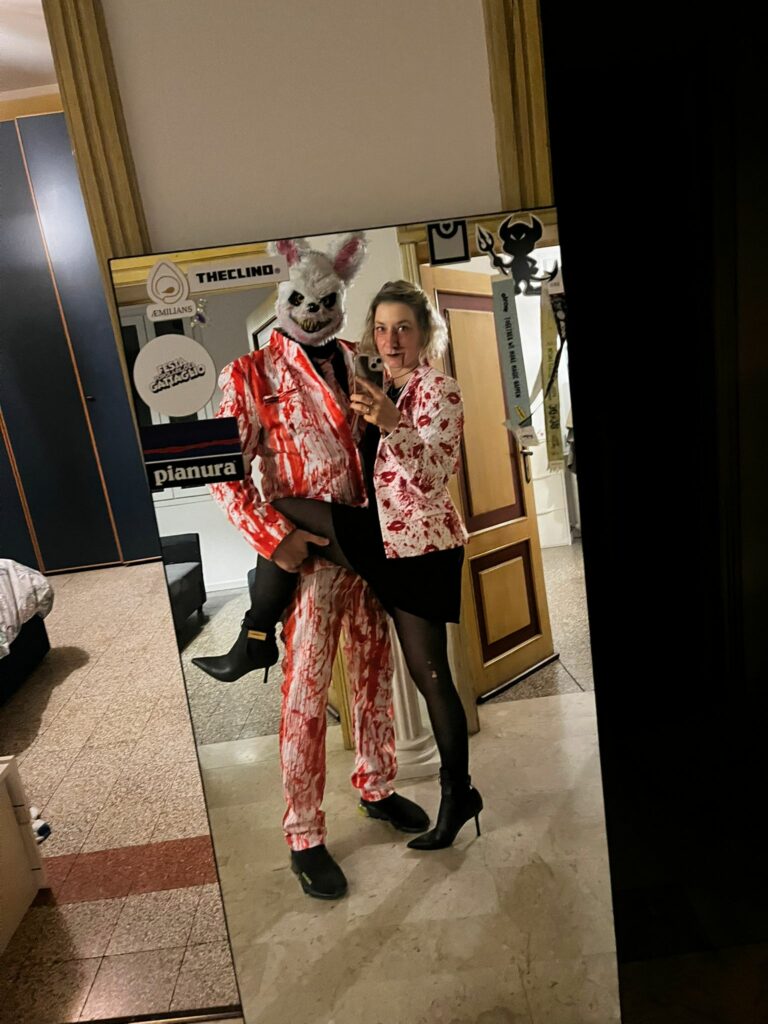
The Celts lived in what is now Europe even before our era – at least 1,000 years before the birth of Christ. The ancient world first learned about the Celts through the Greek colony of Massilia (modern-day Marseille in France, founded around 600 BC). The Celts of southern France developed in close interaction with the ancient city-states and therefore had the highest level of culture. The Celts settled in Bohemia no later than the 6th century BC, and the country itself was named after the Celtic tribe of the Boii. Celtic tribes existed until the third century AD, and then mixed with other peoples.

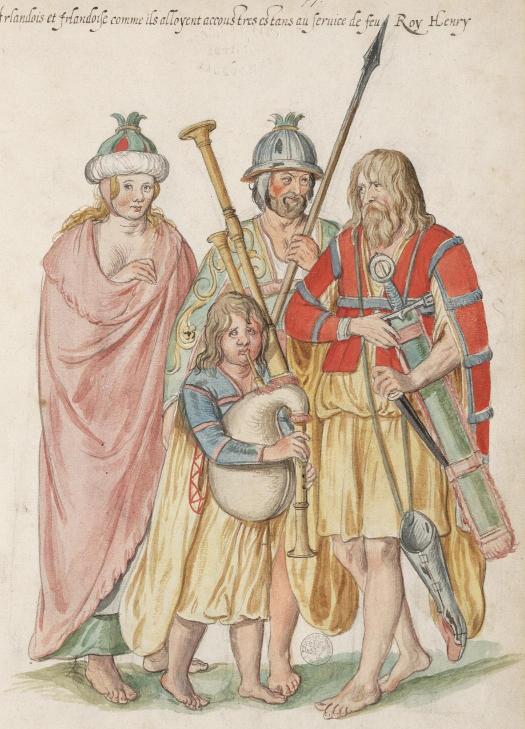

The main settlements of the Celts were located in the British Isles. However, some tribes established colonies in France, Italy, Austria, and Germany. Nevertheless, historians believe that Samhain originated and took root in what is now Scotland and Ireland.
During the Roman era, the term ‘All Hallows Even’ (literally ‘Mass of All Saints’) appeared. But then the human passion for abbreviations took its toll, and the name was shortened to Hallowe’en. Nowadays, it is known as Halloween.
Halloween became a cult holiday in the 19th century, when the most magical European people, the Irish, decided to migrate to the New World, bringing their festive traditions with them. It all started in the United States and Canada, gradually spreading to almost the entire world.
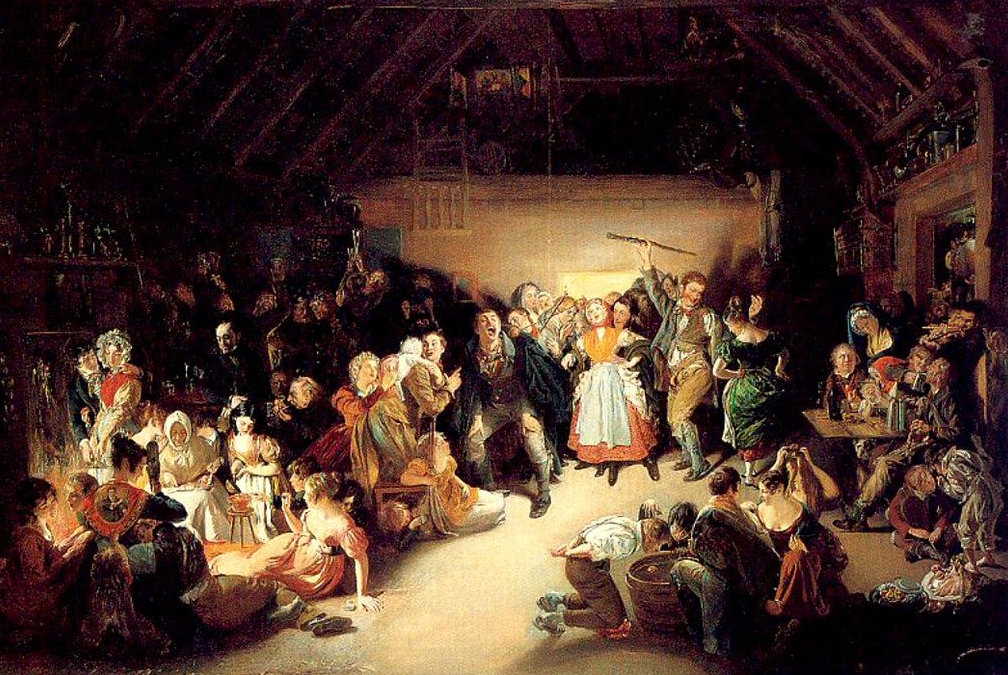

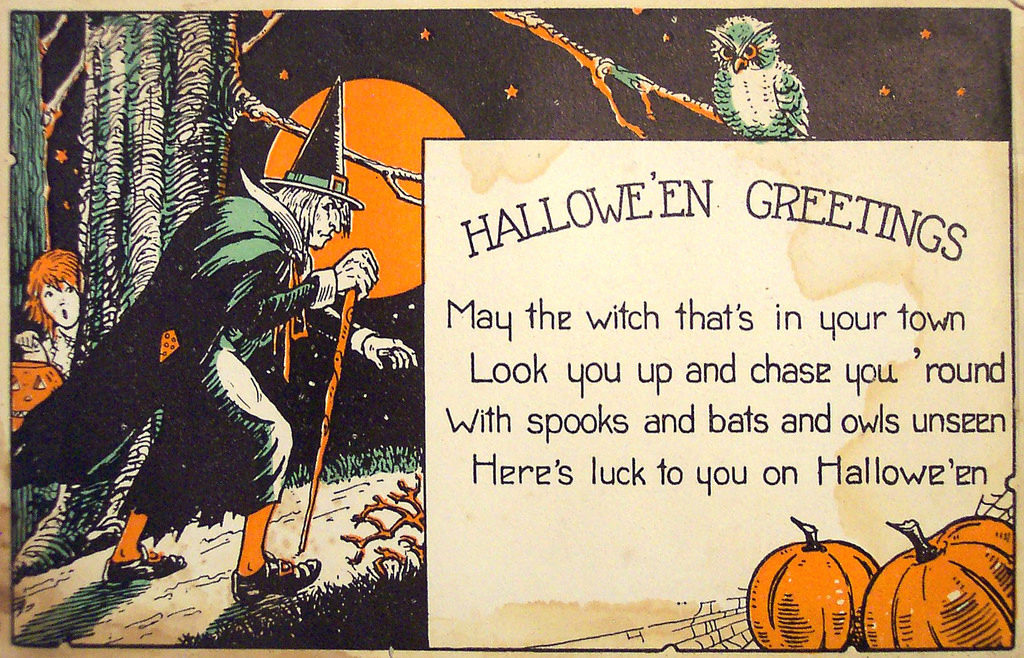
In America, it is practically a national holiday, with preparations beginning a month in advance. Almost all shops compete to create the most impressive themed decorations for their shop windows, while residents of private homes compete to decorate their yards. Carnival costumes, masks and decorations fly off the shelves, especially in the days leading up to the holiday. In the evening, children dress up in their scary costumes and begin to parade around neighbouring houses. Pumpkin-shaped baskets and the phrase ‘Trick or treat’ are a must.
The situation is similar in modern Italy, where this holiday is very popular and is celebrated enthusiastically by both adults and children… In Italy, on this day and evening, it is better to dress modestly if you do not intend to participate directly in the festivities… if you do not want to share your treats with them, Italians will gladly douse you with fake blood and shout, ‘Dolcetto o scherzetto!’

In France, however, it is more of a children’s holiday. Cities are filled with children in carnival costumes who visit boutiques and cafés and calmly demand sweets, threatening with a curse: ‘Des bonbons ou un sort!’
The German version of Halloween is no less interesting. All the action there is concentrated in Frankenstein’s castle. Crowds of zombies and fairy-tale monsters fill the entire castle grounds and the surrounding area. Every square metre is filled with horror and an otherworldly atmosphere. What can I say, the Germans really know their way around good horror.
For me personally, the music of this holiday is the soundtrack to the Addams Family films… As well as songs by Lana del Rey and Tribal fusion music and dance compositions.
The recognised anthem of Halloween is Danny Elfman’s composition ‘This Is Halloween,’ which became the soundtrack to the cult cartoon ‘The Nightmare Before Christmas.’ It has been covered by artists from the United States and China, making the composition world-famous.
More broadly speaking, the main features of the holiday in the musical world were defined by the work of the band Midnight Syndicate.
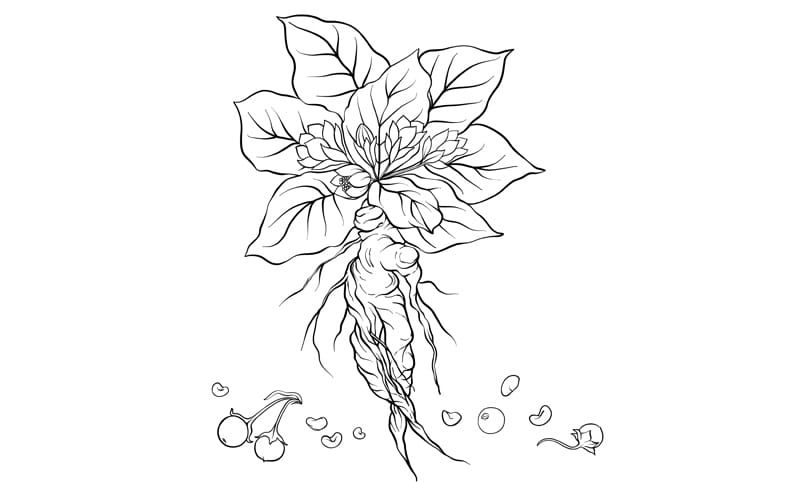
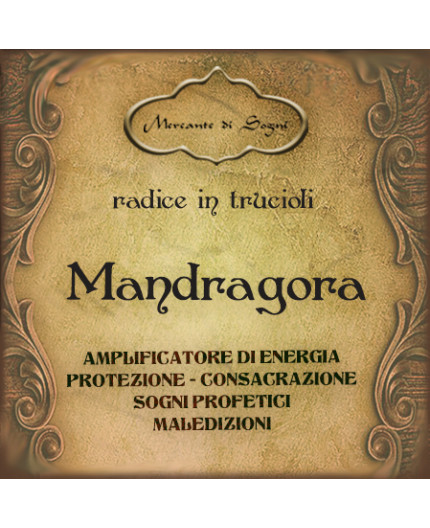
In terms of plants and decorations… In my opinion, instead of the traditional pumpkin… Mandrake would be very suitable… But be careful! The plant is toxic and it is not recommended to keep it in the house! Mandrake contains 0.4% tropane alkaloids. In medicine, this plant is considered one of the most difficult to use… But once a year, mandrake can definitely scare away or put to sleep evil spirits and all kinds of troubles!

Under natural conditions, different species of mandrake show interesting adaptive differences. For example, the autumn-flowering mandrake (Mandragora autumnalis) is specially adapted to the late season, when competition for pollinators is minimal. Its flowers are lighter in colour, making them more visible at dusk.

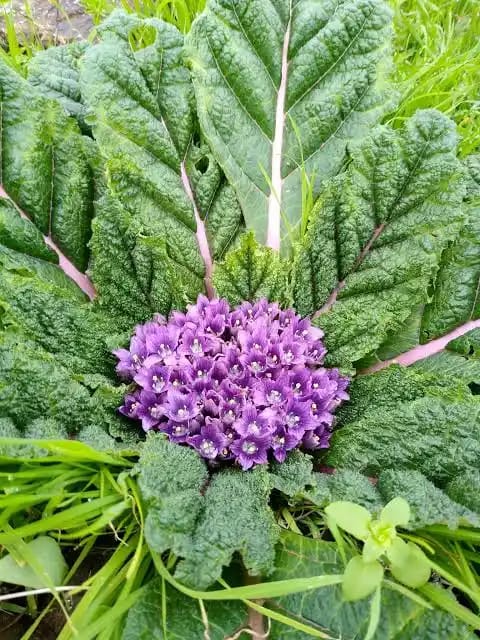
Since time immemorial, mandrake has been an indispensable element of magical and spiritual practices in many cultures. Mandrake has a curious anthropomorphic appearance, which, according to legend, stems from its belonging to both the animal and plant worlds.
In pre-Islamic Arabia, mandrake was called abu ‘l-ruh, ‘lord of the breath of life’ or ‘lord of the spirit,’ which emphasised the spiritual power of mandrake and, probably, its identification with a certain deity, traces of which have been lost to this day. Mandrake was also known to the Greeks and Romans. Circe was an expert in its properties… In the Middle Ages, with the return of the Crusaders from the Holy Land, interest in the properties of mandrake increased dramatically. Since then, everyone has been interested in its potential and secrets, previously hidden in the sands of the desert.
So, long ago, Samhain was something like New Year’s Eve — the end and at the same time the beginning of the natural cycle. It was celebrated for three nights in a row: while the old moon was replaced by the new one. According to another version, it was celebrated for seven nights — starting three days before the end of the lunar month.
So, if you haven’t had time to sew yourself a costume, dance Tribal fusion, find a mandrake or just buy a pumpkin… There’s still time…
Good luck on Halloween!


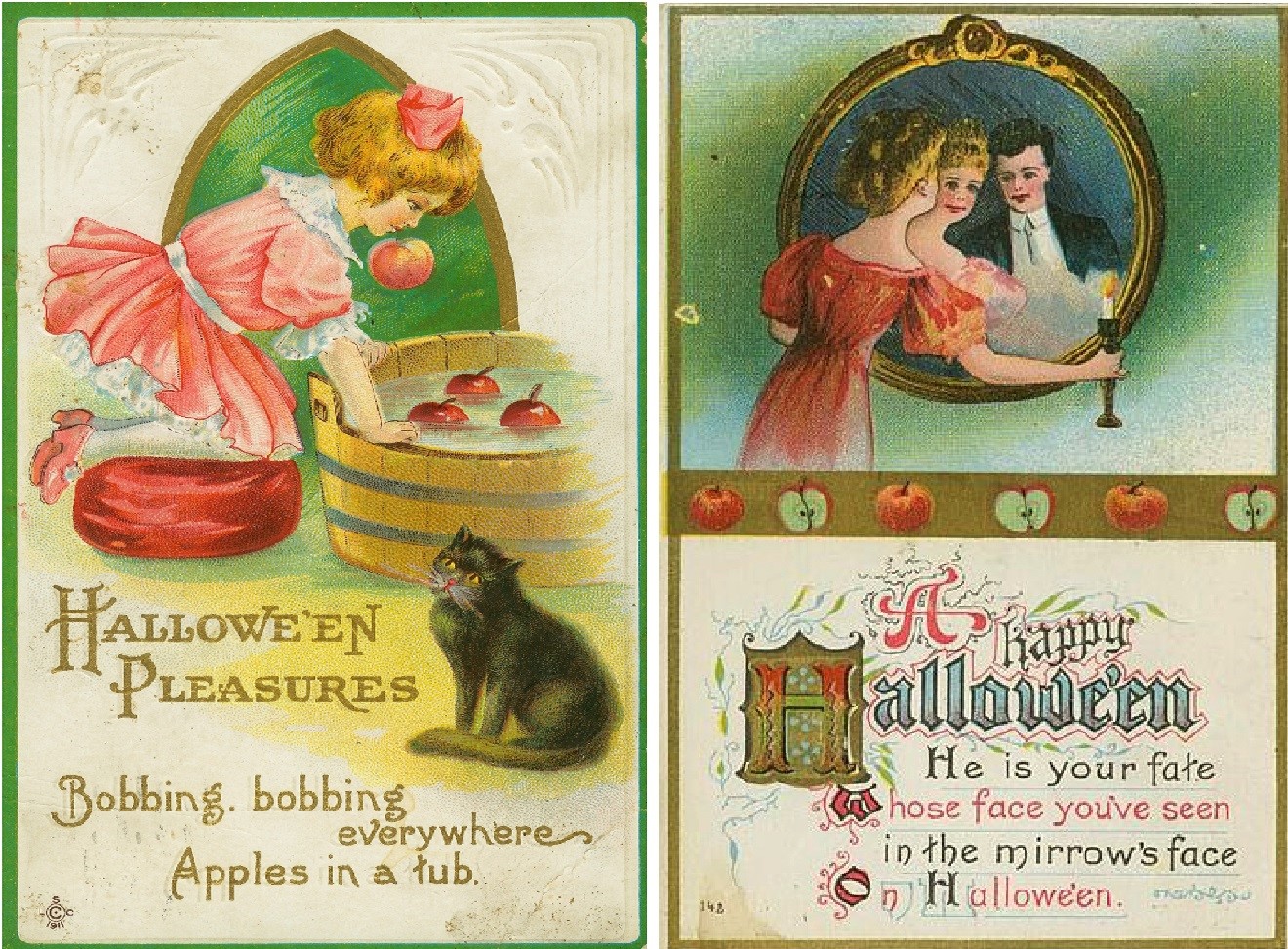
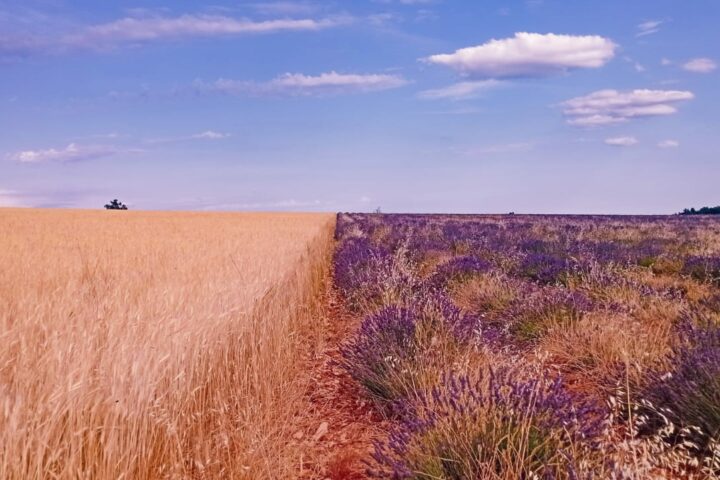
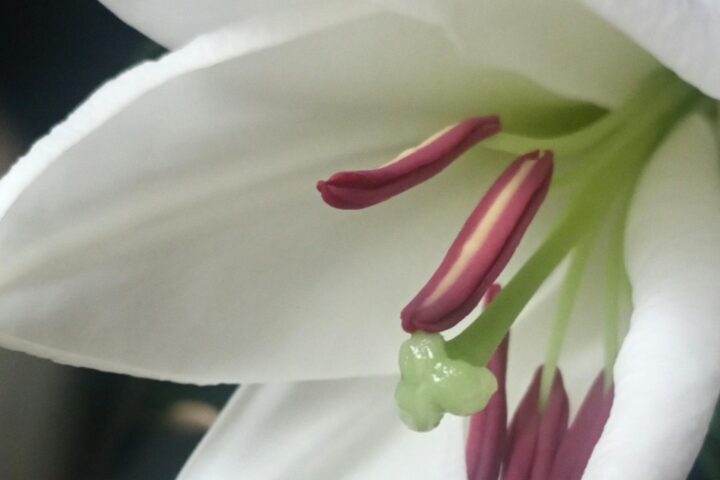
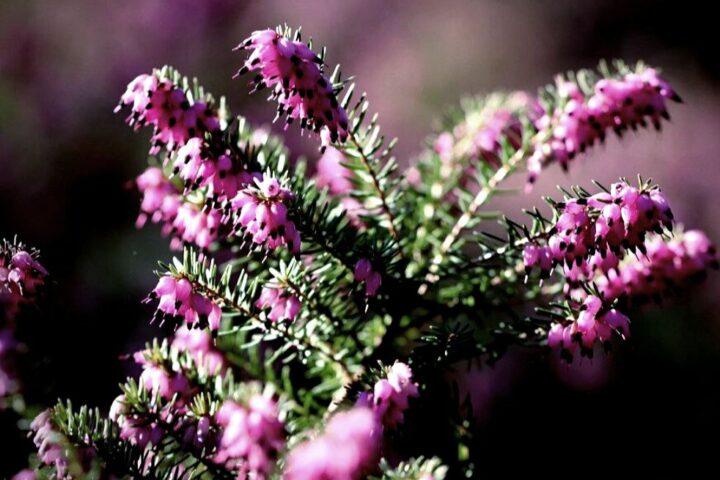
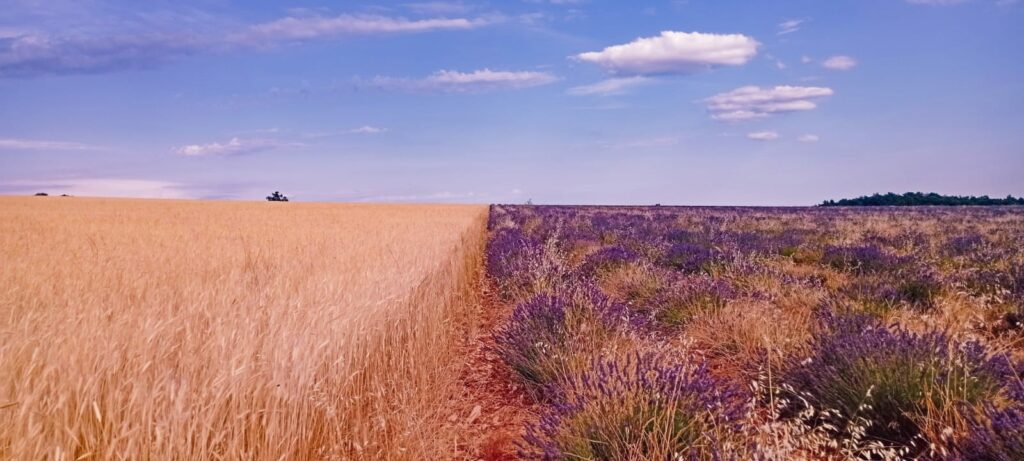
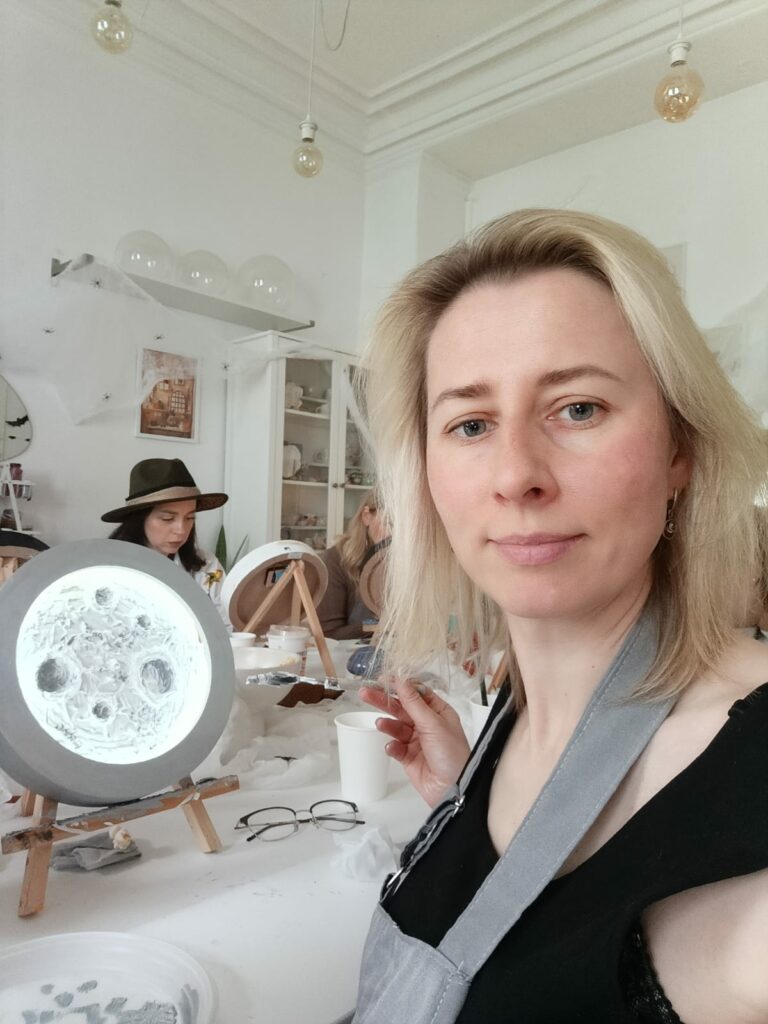
https://shorturl.fm/vj8ds
Your blog has quickly become one of my favorites. Your writing is both insightful and thought-provoking, and I always come away from your posts feeling inspired. Keep up the phenomenal work!